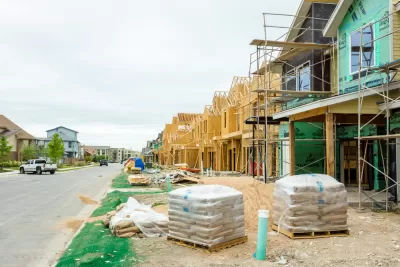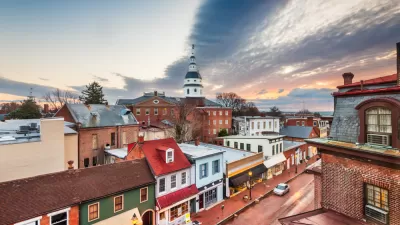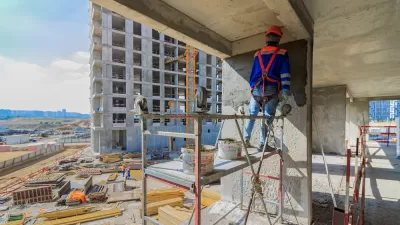Smart policies can ensure that low- and moderate-income households can find suitable housing in good neighborhoods where transportation costs are low. The research is clear: upzoning works.

"If we want to increase the supply of affordable housing, it's important to understand that it's not just about housing. Too often, efforts to increase affordability ignore transportation costs, resulting in cheap housing in isolated areas with high vehicle expenses. When all costs are considered, it's clear that the best way to increase affordability and economic opportunity is “upzoning” — allowing more housing in a given area — in accessible, high-opportunity neighborhoods."
"In the past, affordability was defined as households being able to spend less than 30 percent of their budget on housing, but many experts now define it as spending less than 45 percent on housing and transportation combined. That definition recognizes that a cheap house is not truly affordable if it’s located in an isolated area with high transportation costs, and that households can rationally spend more for housing in a walkable, mixed-use neighborhood where transportation is cheaper."
"This has important policy implications beyond simply increasing the supply of homes that people can afford. Smart-growth policies that increase affordable infill — more housing in existing residential areas — also can help achieve many economic, social and environmental goals. We know that children tend to be happier, healthier and more successful if they grow up in high-opportunity neighborhoods: areas with mixed incomes, good schools and convenient access to services and jobs."
FULL STORY: A Recipe for Achieving Real Housing Affordability

Study: Maui’s Plan to Convert Vacation Rentals to Long-Term Housing Could Cause Nearly $1 Billion Economic Loss
The plan would reduce visitor accommodation by 25,% resulting in 1,900 jobs lost.

North Texas Transit Leaders Tout Benefits of TOD for Growing Region
At a summit focused on transit-oriented development, policymakers discussed how North Texas’ expanded light rail system can serve as a tool for economic growth.

Using Old Oil and Gas Wells for Green Energy Storage
Penn State researchers have found that repurposing abandoned oil and gas wells for geothermal-assisted compressed-air energy storage can boost efficiency, reduce environmental risks, and support clean energy and job transitions.

Private Donations Propel Early Restoration of Palisades Playground
Los Angeles has secured over $1.3 million in private funding to restore the Pacific Palisades playground months ahead of schedule, creating a modern, accessible space that supports community healing after recent wildfires.

From Blight to Benefit: Early Results From California’s Equitable Cleanup Program
The Equitable Community Revitalization Grant (ECRG) program is reshaping brownfield redevelopment by prioritizing projects in low-income and environmental justice communities, emphasizing equity, transparency, and community benefits.

Planting Relief: Tackling Las Vegas Heat One Tree at a Time
Nevada Plants, a Las Vegas-based nonprofit, is combating the city’s extreme urban heat by giving away trees to residents in underserved neighborhoods, promoting shade, sustainability, and community health.
Urban Design for Planners 1: Software Tools
This six-course series explores essential urban design concepts using open source software and equips planners with the tools they need to participate fully in the urban design process.
Planning for Universal Design
Learn the tools for implementing Universal Design in planning regulations.
Ascent Environmental
Borough of Carlisle
Institute for Housing and Urban Development Studies (IHS)
City of Grandview
Harvard GSD Executive Education
Toledo-Lucas County Plan Commissions
Salt Lake City
NYU Wagner Graduate School of Public Service





























